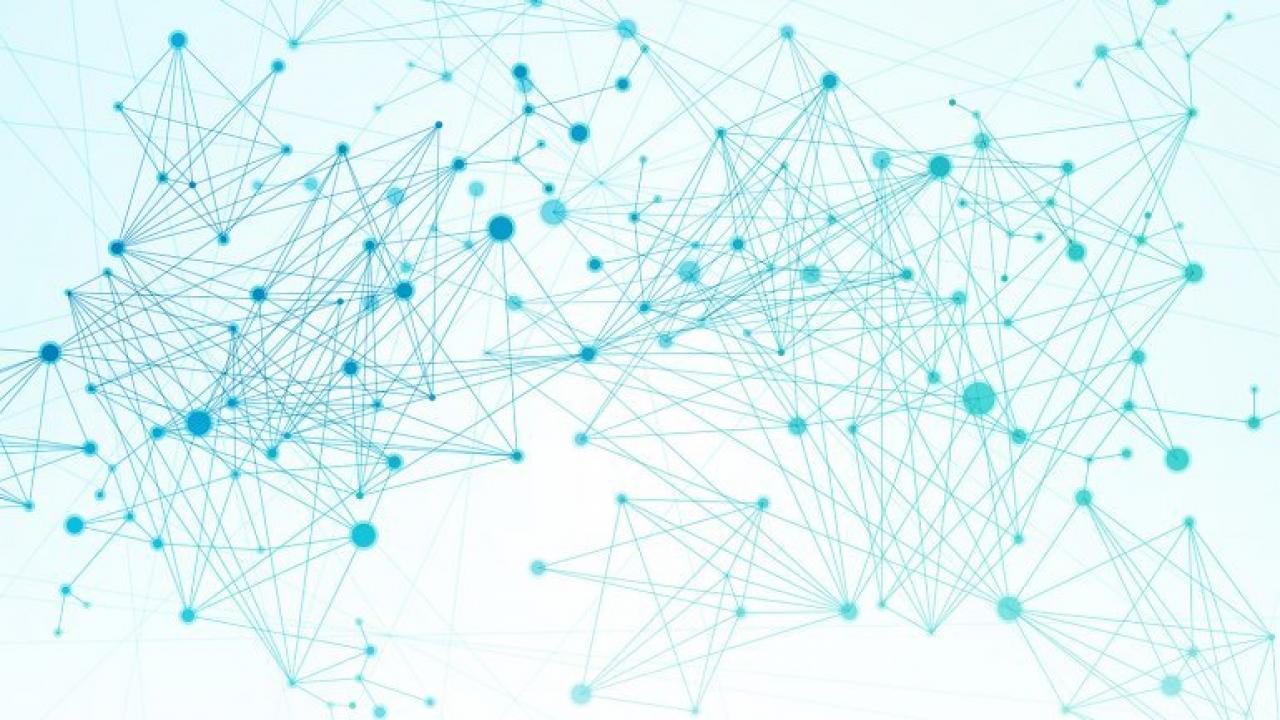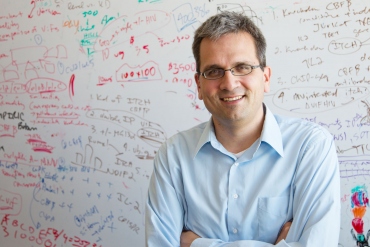
Nevan Krogan, PhD, thinks genomics has brought us closer to a revolution in cancer treatment than most geneticists even realize.
“There’s been a tsunami of genetic data about different cancers,” says Krogan, a UC San Francisco professor of Cellular and Molecular Pharmacology and member of the UCSF Helen Diller Family Comprehensive Cancer Center. But despite this rising tide of knowledge, Krogan says, breakthroughs in cancer treatment have been slow to materialize. In part, this is because all of the new data have only gone to show cancer’s staggering diversity: Even a single tumor can contain a unique profile of thousands of genetic mutations, leaving researchers to puzzle out which are disease drivers and which are just along for the ride.
“The sequencers say we just need to pour more money into sequencing and the answer will become clear,” Krogan says. “We say no. We’re actually done. We’ve reached a point of saturation in terms of the information we can extract.”

Instead of collecting yet more data, he argues, researchers need to look harder at the connections hidden in the data they already have.
Krogan and his colleagues think differently about where cancer comes from. Rather than see the disease as a problem caused by one or more gene mutations, they see cancer as a breakdown of large, interconnected gene networks. Different genes can malfunction in different people and still produce the same end result because of how they affect the larger networks they are part of, he says. This is why when researchers look at the cancer genomes of two people with very similar lung tumors, for instance, they may see drastically different mutation profiles.
The network view of cancer suggests that if researchers understood how to repair the common networks themselves, they could design treatments that would help many different patients despite their apparently diverse constellation of mutations.
As we refine our understanding of how patients’ mutations affect larger biological networks, that’s going to improve doctors’ predictive power in a clinical setting.
To this end, Krogan and colleagues at UCSF and UC San Diego recently launched an ambitious new project called the Cancer Cell Map Initiative. These researchers will use powerful computational and imaging tools to compare gene networks at work in healthy cells with those co-opted by the thousands of mutations seen in cancer, and match this biological insight with databases of patient outcomes to learn which pathways are disrupted in particular patient groups.
As a proof of principle, Krogan and his colleagues in the initiative have already mapped mutations identified in 300 ovarian cancer patients against a network of known gene-protein interactions within the cell. On their own, the myriad mutations found in different patients seemed randomly scattered across the genome, but the gene network approach revealed that many of the mutations were actually connected – in particular, the mutations belonging to patients with a particularly aggressive type of ovarian cancer all turned out to be connected to a particular pair of molecular pathways controlling cell growth.
By zeroing in on the specific networks affected by different cancers, the research raises the possibility of treating many seemingly different mutations with a single treatment that restores the function of the common underlying network.
“As we refine our understanding of how patients’ mutations affect larger biological networks, that's going to improve doctors’ predictive power in a clinical setting,” Krogan says. “We're just building tools to make that connection between the basic research and the clinical world.”